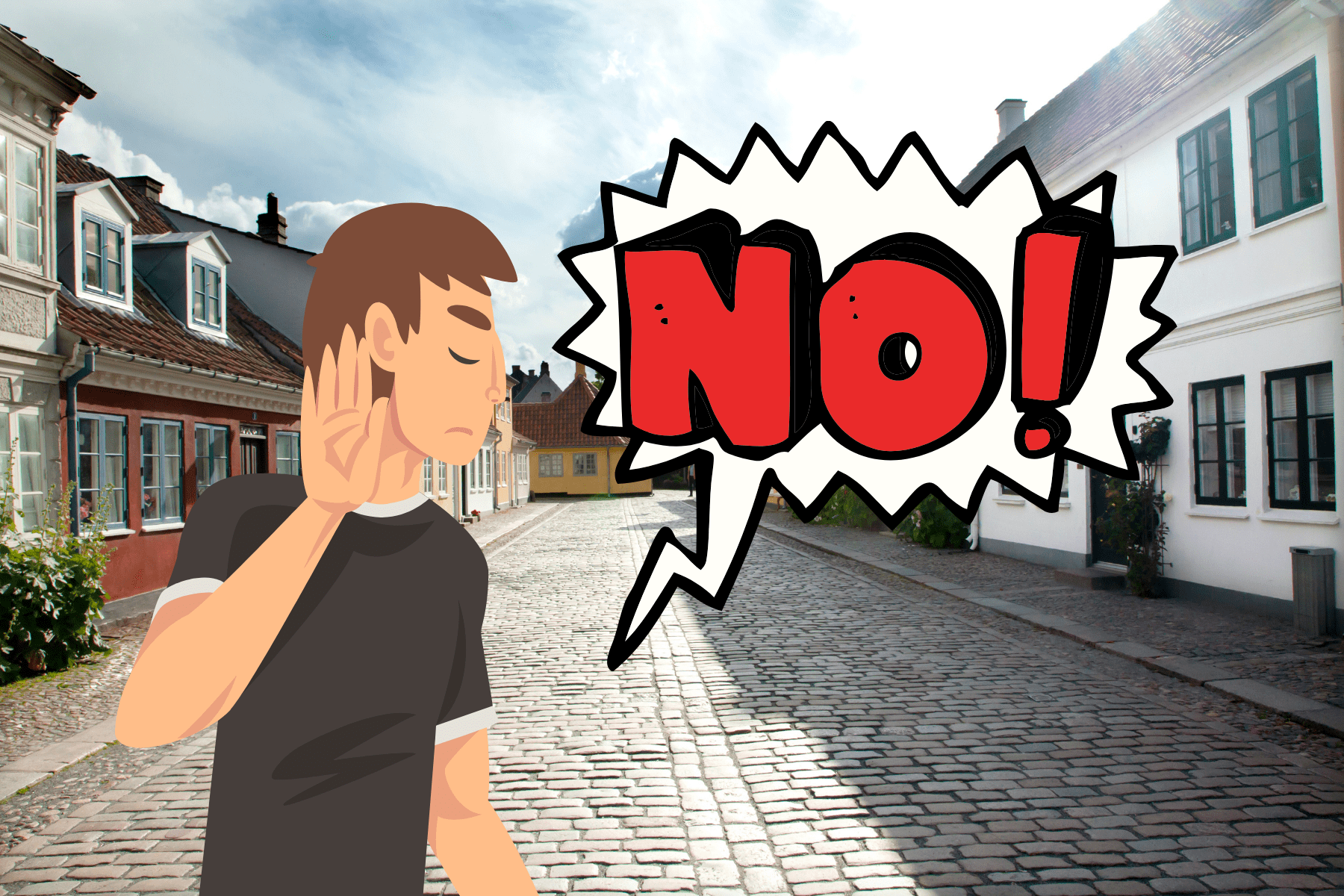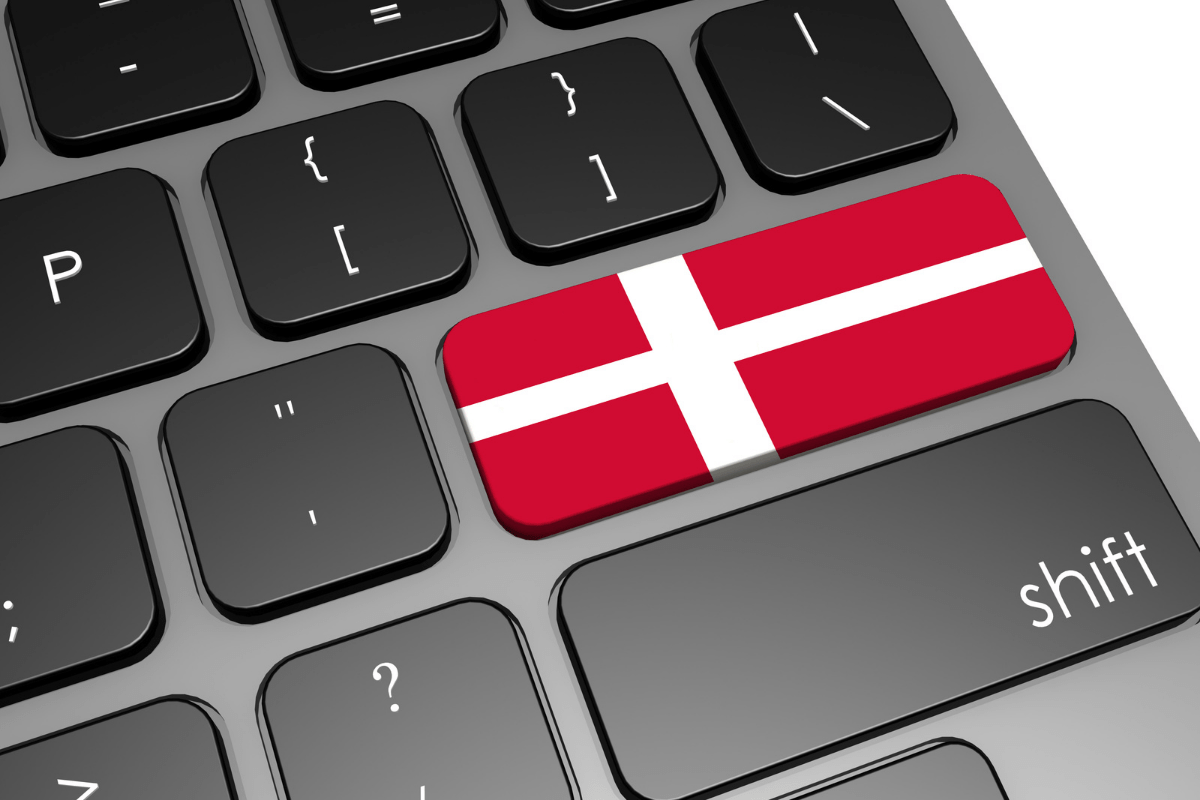Previously, we’ve seen 21 different ways of saying thank you in Danish. If you’re keen to learn and speak Danish, be sure to go through today’s language lesson. Back to the topic – how do you express yes and no in Danish? Ja (yes) and nej (no) are one of the common words used in Danish to declare yes and no. If Denmark is included in your wishlist, it’s always great to have a few Danish words up your sleeve. So, let’s find out what are the other basic vocabulary for yes and no in Danish.
How To Say ‘Yes’ In Danish

In previous blogs, we’ve seen how there are many ways available to state yes and no in Malay and French. Today, let’s learn what are the unique ways to convey yes in this Nordic language.
1) Ja – The Typical Yes
This is the typical word everyone in Denmark uses to state yes. Just like oui in French, it’s the typical word for yes in the Danish language. The pronunciation is just a quick, sharp ‘ya‘. Feel free to use this word anywhere, with either strangers or friends because it’s the universal yes.
2) Ja-da – Yeah
If you want to try something else other than the traditional ja, try pronouncing ja-da. This Danish word translates to yeah – a casual tone in addressing your agreement.
3) Klart – For Sure
Klart is another way of affirming a person’s statement in the Danish language. Rather than saying yes or I agree, you can translate it into for sure (klart).
4) Jeps – Yep
If you’re looking for a quick word to address your agreement, jeps is the one. Jeps literally means yep when translated to English. It’s casual and most suitable to be used with your friends and family.
5) Ja tak – Yes, Thank You
Being polite is of course, always a great virtue to practice. So, whenever other people offer to do something for you (like making a cup of coffee), you can respond by uttering ja tak. These words translate to yes, thank you in English. These two Danish words can really help you to leave a good impression on the locals.
6) Helt sikkert – Definitely/For Sure
You can always add emphasis to your agreement. In English, we use adverbs like certainly, undeniably, and absolutely to emphasize and accentuate our point. In this particular language, the related phrase is help sikkert, which means definitely.
Det her er helt sikkert han værelse = This is definitely his room
Det var helt sikkert Toms skyld = It was definitely Tom’s fault
7) Selvfølgelig – Of Course
Sometimes, stating yes alone isn’t enough, especially when it comes to the moment where you want to pitch your biggest idea or coax your sulky partner. A bit of a tip you can try is by saying of course to further stress and foreground your point. The word you need in Danish is Selvfølgelig.
Selvfølgelig husker jeg dig = Of course I remember you.
Du har ret selvfølgelig = You’re right, of course.
8) Hvorfor ikke? – Why Not?
If you’re looking for an indirect way of saying yes, you can utter why not? (hvorfor ikke). You can respond to an invitation or request by saying ja hvorfor ikke; yes, why not?
9) Det er en aftale – It’s A Deal
Making arrangements with your Danish friend? Give him a sign that you’re free and want to join by saying it’s a deal.
Okay? Det er en aftale = Okay? It’s a deal.
Det er en aftale Christine = It’s a deal Christine.
10) Så lad gå da – Very well
Another option you can use to signal your agreement is by saying så lad gå da, which translates very well in English.
How To Say ‘No’ In Danish

Knowing how to say ‘yes’ would be incomplete if we don’t know its counterpart, which is ‘no’. Let’s learn what are the words for ‘no’.
1) Nej – The Traditional No
Nej is the traditional, most common way of conveying your disagreement. You’ll hear this one being typically used by the local Danes. So if you don’t quite remember some other words that portray disagreement, just stay nej, which means no.
2) Næ – Nah
Want a casual way of stating your disagreement or contradiction? You can just utter nah – which is nae in Danish.
3) Nej tak – No, Thank You
Do you want to learn how to decline and turn down an offer or invitation politely? You can add thank you at the end. Try saying nej tak; no, thank you.
4) Niks – Nope
Want to quickly dismiss someone or something? You can state nope for an answer. In Danish, it’s niks.
5) Ellers tak – Thank You, But No Thank You
Another way to politely state your ‘no’ is by trying out this phrase – ellers tak. It’s an expression of thanks but no thanks.
6) Det tror jeg ikke – I Don’t Think So
Want to beat around the bush for a bit? You can try this expression. Det tror jeg ikke means I don’t think so, which is an indirect manner of conveying your rejection and disagreement towards something.
7) Ikke i dag – Not today
If a friend asked you to join them for an activity together but you had to decline, you can try to reschedule. A good way to decline would be by using the phrase “not today”.
Ikke i dag. Beklager, men jeg er trøtt = Not today. I’m sorry, but I’m tired.
8) Glem det – Forget It
A more direct way to convey your disagreement to someone is by saying forget it. It’s a phrase you normally state out of anger, annoyance, or displeasure.
Glem det Roland, du hadde sjansen din, og du mistet den = Forget it, Roland. You had your shot and you blew it.
How To Say ‘Maybe’ In Danish
Don’t know what to decide between a ‘yes’ or ‘no’? Well, that’s why ‘maybe’ exists! You could always state maybe in times of uncertainty. Here are a few ways for you to utter the word maybe in Danish:
Måske = Maybe
Muligvis = Perhaps
These are some of the most typical words you can use to mean ‘maybe’.
Det er muligvis sandt = Maybe it’s true.
Learn Danish Language Today

So, how do you like this language? It’s definitely an interesting one – you can never go wrong with Danish. Just so you know, it is one of the easiest North Germanic languages to learn. Learn and speak Danish through Ling App for free – it teaches you basically everything you need to know – alphabets, basic phrases and expressions, greetings, pronouns, grammar, pronunciation and so much more! If you use Ling App consistently, you’ll soon be surprised to see how much progress you have made.










